What is an Embolism?
Posted by Editor in Health and Wellness, Health Watch, Lifestyle on Jan 28th, 2020 | Comments Off on What is an Embolism?Embolism is an uncommon word for most people, but it’s not an uncommon occurrence, especially among people with cardiovascular diseases. Basically, embolism is when your internal organs get starved of oxygen. To avoid this from happening, you need to know what causes it in the first place.

Overview
To understand the condition, let’s look at some terms related to the condition:
- Embolus is a particle in the blood vessels that are made up of clotted blood cells.
- Thrombus is another term for blood clot, while thromboembolus is a name for the blood clot that is moving in the blood vessels.
- Ischemia is the term for the oxygen starvation of the cells.
- Embolism is the result of ischemia and is characterized by the death of the cells.
Causes and Risks
Although embolism can be caused by a foreign material in the blood, such as gas/bubbles or fat globule, most blockages in the blood vessels are caused by a blood clot. Certain conditions increase your risk of embolism, including pregnancy, obesity, cancer, and heart disease.
Those with high cholesterol levels for example, have narrower arteries due to the build-up of plaque. If part of the build-up breaks up, the piece can lodge in the blood vessels and prevent proper blood circulation.
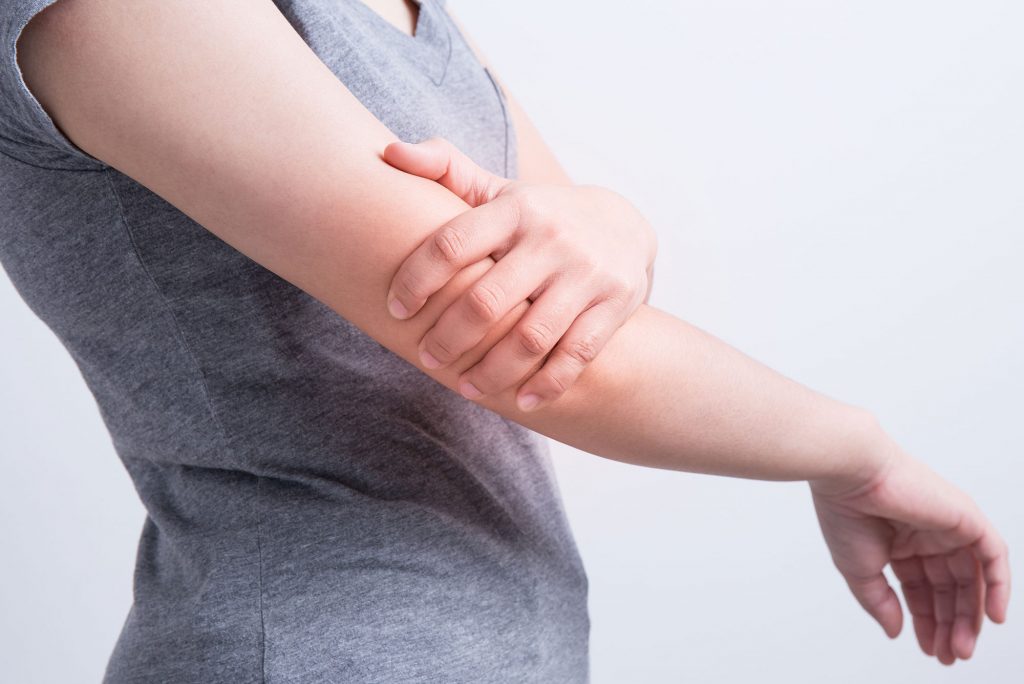
Symptoms of Embolism
Pulmonary embolism can cause the following: sharp back or chest pain, lightheadedness, bloody sputum, rapid breathing, shortness of breath, and coughing. Deep vein thrombosis can cause pain or tenderness in one leg, reddish skin, warm skin on the affected area, and swelling.
Stroke causes arm weakness or numbness, drooping face, and slurred speech. All of these are considered an emergency, so if you have a heart disease, make sure to get proper treatment to avoid embolism.
Types of Embolism
There are at least seven types of embolism you should be aware of.
- Brain embolism is caused by the blood clot in the brain and is also another name for stroke
- Pulmonary embolism is the formation of an embolus in the leg and is also another name for deep vein thrombosis
- Septic embolism is the blocking of the blood vessels due to the infection in the bloodstream
- Retinal embolism affects the back of the eye that can lead to sudden blindness
- Fat embolism is the blockage of the blood vessels due to the introduction of bone marrow particles or fat into the blood
- Amniotic embolism is the blockage of the mother’s lungs due to the amniotic fluid that surrounds the fetus
- Air embolism is caused by the bubbles in the blood that blocks blood flow and is common among divers.
Treatment and Prevention

A healthy lifestyle prevents most condition that put you at risk of embolism. If you have symptoms of a cardiovascular disease, make sure to get a proper treatment through medication and a change of diet. Regular exercise will also help you reduce weight and keep you active.
Avoid sitting for long periods of time, too, as it prevents your calf muscles from contracting. Deep vein thrombosis can result from lack of movement even if you don’t have a heart disease. Divers can prevent air embolism by following proper guidelines and avoiding spending too much time underwater.
What are Some Health Benefits of Milk Tea?
Posted by Editor in Health Watch on Mar 16th, 2018 | Comments Off on What are Some Health Benefits of Milk Tea?A combination of milk and tea drastically heightens the benefits you may reap off drinking milk tea, when consumed in a moderate amount, that is. There are different health benefits to both drinks respectively. They are already considered to be sufficiently beneficial when consumed as is, but when these two beverages are combined, what health benefits are you bound to enjoy in the long run?

Refreshes the body
Caffeine is habitually consumed by a lot of people who are always on-the-go to provide them with the energy they need to get work done. And thanks to the tea in the drink, milk tea gives you an ample amount of caffeine compounds you can use to refresh your body. There is also the presence of L-theanine in black tea, one of the most common base for milk tea, which proves to be a very effective mood booster.
Anti-inflammatory
Antioxidants found in tea can provide a number of health benefits to the body. For one, it prevents the damage of cells in the body and prevents your body from aging drastically. It can also detoxify your body of the harmful toxins you need to get rid of, such as cell-damaging chemicals lurking inside your system. The antioxidants in the tea compound of milk tea truly does wonders to your body!

Relieves stress
Drinking milk (as it is) is already a popular course of action when it comes to relieving one’s stress. As a matter of fact, it is widely believed that drinking a glass of milk before going to bed can release the accumulated stress you have and allow your body to relax after a long day’s work. In a world where it is inevitable for us to be stressful over a lot of things, drinking milk tea can be a good option for a stress release!
Skincare
Milk and tea combined can be beneficial to the improvement of your skin condition. Both are common ingredients in skincare products such as foam cleansers and lotions. How much more effective can they be if drank in their bare form? For one, milk is believed to be effective in keeping one’s skin bright and smooth. The antioxidants in tea also protects your skin from possible acne breakouts and other skin-related problems.

Strengthens our body
Since we were young, we’ve been told how the calcium in milk is essential for strong bones and healthy growth. This makes the milk compound in the drink beneficial — since it gives the body the strength it needs! The calcium empowers us to do more physical activities without the fear of abusing our bones. If they are in their prime condition, strong bones can help us achieve great things when it comes to activities such as sports.
5 Ab Exercises You Can Do in the Office
Posted by Editor in Health Watch on May 15th, 2017 | 0 comments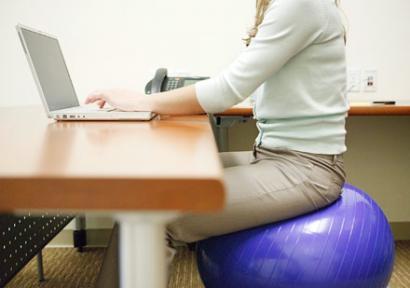
Who says you are too busy to exercise when you can do it at work? Yes, you can actually work those muscles in the comfort of your office. All you need is your office chair and you’re on your way to shedding those fats away. But just like any fitness routines, you need to warm yourself up and observe stretching beforehand. So, get ready to grab those chairs and office mates:
1. Sit-ups
Place your hands, while observing shoulder width distance on the seat of the chair and step back with both feet similar to a plank position. Engage your core as you lift your hips up and down lightly. Sit ups help you strengthen and tighten your core while building abdominal muscles. Do this routine with the aid of your chair at least 10 reps for 3 sets.
2. Knee Lifts
Sit on the chair’s edge and place your hands on the side, bend your knees and slightly lean back. Pull your knees in the direction of your chest and crunch using your abs. As your legs are lifted up, slowly lower your feet, making sure they’re not touching the floor and repeat the routine at least 10 times. Make this exercise slow yet controlled, and remember to observe proper breathing during execution.

3. Pull Ups
Before you do this exercise, make sure your office chair has no wheels otherwise, it’s not advisable to do this. Start your position by placing your hands on the armrest of the chair and slowly lift yourself up. Remember to engage your core, draw strength from your abs to pull your lower body. Hold this position for two seconds or as long as you can then go back to sitting form.
4. Oblique Crunch
Sit up straight on the chair with feet planted on the ground. Place your hands at the back of your head and lift your one knee, near chest-level and simultaneously twist your torso while moving your elbow close to the lifted knee. Do the same on the other side. Continue the routine back and forth, repeating at least 10 times.
5. Side Bends
This exercise also works on your oblique. Sit up straight and extend one arm up straight above your head as you bend to the opposite side. Allow your other arm hang on your side while holding this position. Slowly move back to the starting post and repeat on the other side. If you want to add challenge, you can hold a bottle of water in your hand.
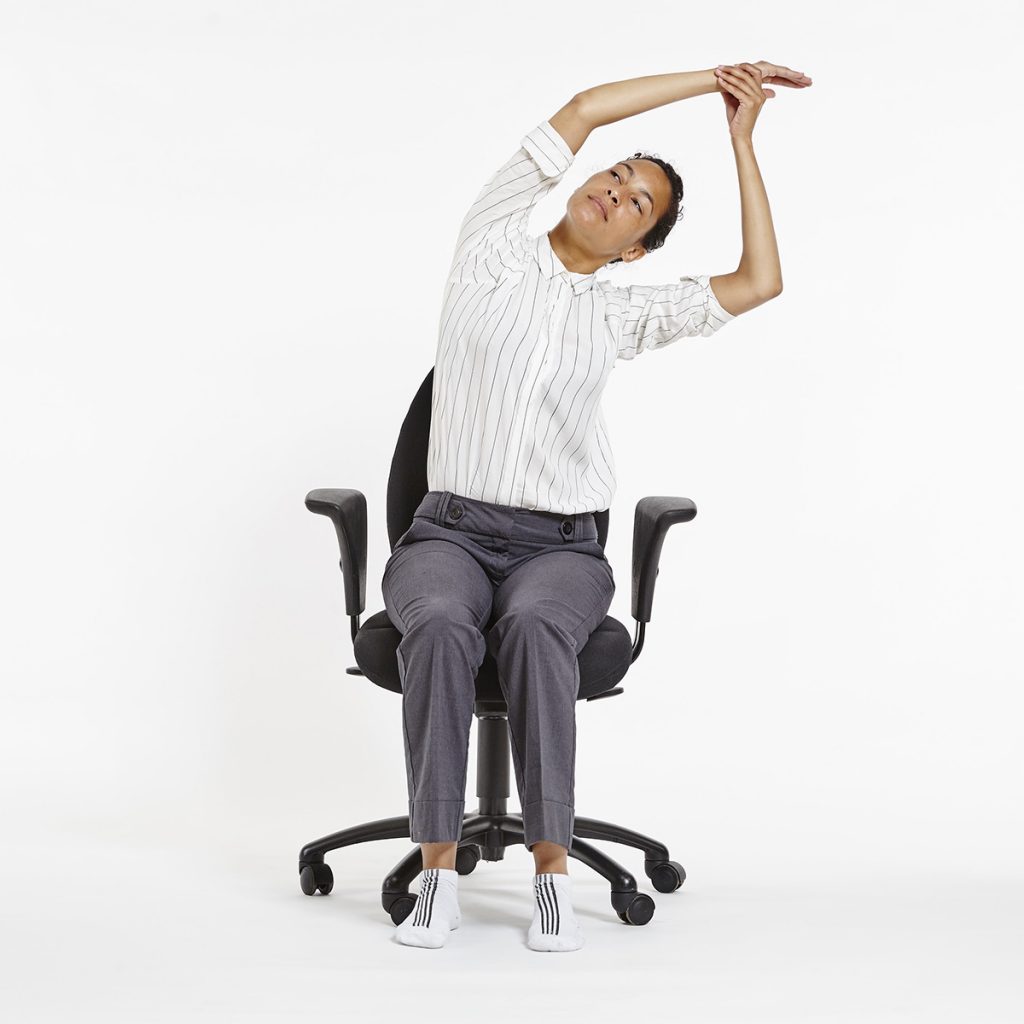
Are Moles Really Harmless?
Posted by Editor in Health Watch on May 11th, 2017 | 0 commentsMoles are common and mostly harmless. Moles that appear during adulthood are also normal. But what if a mole starts to change?
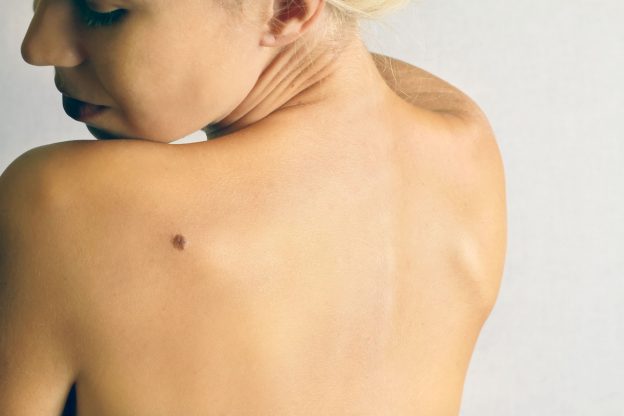
What are moles?
Moles, also called nevi (plural), are one of several harmless skin lesions that can appear on the body. These are often brown, slightly raised spots on the skin. They can also be flat, round, and colored differently. Some have hair and can change in appearance over time.
Why do they appear?
Moles appear because some cells called melanocytes in the skin grow in a cluster. Melanocytes are responsible for our skin color. They appear on different parts of the body including the scalp and under the nails. A common mole is usually 5 mm in diameter.
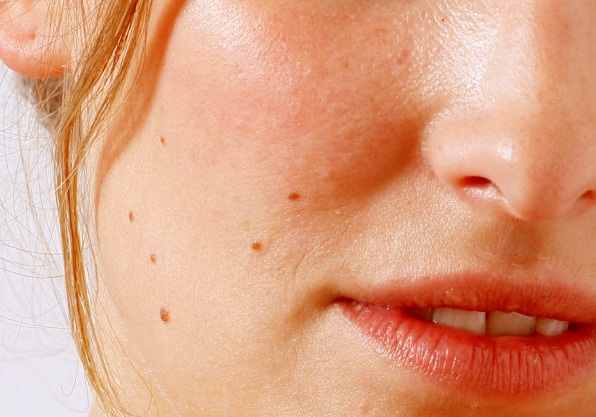
What are the types of moles?
1. Atypical or dysplastic mole is slightly larger than regular moles. It has a different shape and often has more than one color. It can be mistaken for melanoma, so you will need to consult a dermatologist.
2. Spitz mole also looks like melanoma. They are usually raised, domed and pink in color. They often appear during childhood and adolescence.
3. Congenital mole is a mole that is already present when a baby is born.
4. Acquired mole appears later after birth and is at risk of developing into melanoma.
Moles are also classified by location:
1. Junctional melanocytic mole are raised and dark.
2. Intradermal mole has a color that blends with the skin.
3. Compound mole exhibits both qualities.
4. The halo mole has a ring of skin around it.
Can moles be removed?
Moles that are normal do not need to be removed. But if it’s bothersome for the person, it can be removed either through surgical shave or excision. Cancerous moles should be examined through biopsy.
What if they change?
Moles can be examined visually for changes. It is normal for moles to change over a long period of time, but you should watch out for the following signs:
1. Assymetry – half of the mole is different from the other half.
2. Border – the borders are not defined and are irregular in shape.
3. Color – the mole has different, uneven colors.
4. Diameter – typical moles should not be wider than 6 mm in diameter.
5. Evolution – a mole looks different from the rest in terms of color, size and shape.
What is melanoma?
Melanoma is one type of skin cancer and commonly manifests as moles on the chest and back. Cancer begins in the melanocytes and can spread to the tissues if not treated early. You should go to a doctor if you see any changes like those five listed above or if the mole has lesions, bleeding and is lumpy, scaly or itchy. Melanoma can be treated using surgery, chemotherapy, radiation, immunotherapy and targeted therapy.
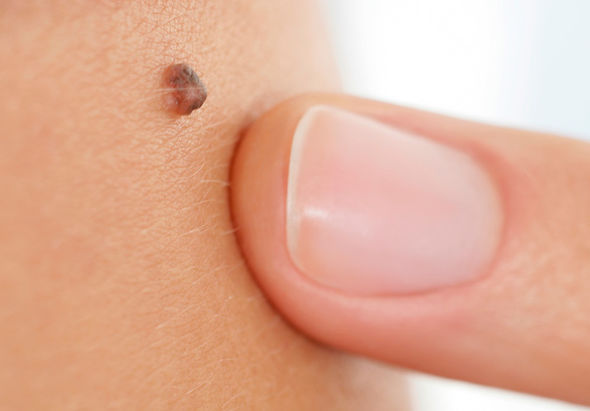
How to Aid a Choking Person
Posted by Editor in Health Watch on Apr 2nd, 2017 | 0 comments
The chances of you rescuing a choking person are minimal but in case it happens, you should know what to do. Choking is very serious and dangerous. If ignored, it can cost life. The universal sigh of choking is hands clasped to the throat. That should be an enough indicator for you to help the person. However, there are times that the person won’t give any signal.
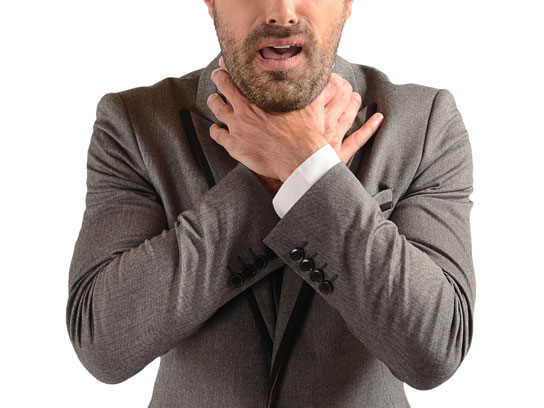
If the person is not giving any signal but you see him/her struggling, you have to look for other indicators of choking like inability to talk, noisy or difficulty in breathing, loss of consciousness and lips are turning blue. Now that you know that indicator of choking, you have to apply whatever you learned during your first aid sessions. Just a refresher, you should perform the abdominal thrusts or also called the Heimlich maneuver. How to do this?
- Stand behind: You have to perform this immediately. Stand behind the victim and put your arms around his/her waist. The person should be slightly slanted forward.
- Make fist: Since your hands are wrapped around the victim, your one hand should form like a fist. Put the fist just above the navel of the victim.

- Grip the other hand: While the other hand is making a fist, the other should grip it. After gripping the fist, press it had into the victim’s abdomen and with a fast upward thrust. Just imagine that you are trying to lift a person.
- Perform five: The upward thrust should be enough to get whatever is dislodged but if there is a need, you should perform total of five thrusts.
If you are the only person in the room with the victim, perform the thrust first before calling the emergency number. If you have other companion, let him/her make the call while you are trying to rescue the choking victim.
If you are trained enough, you might want to apply the “five and five” approach. The approach includes giving five back blows, five abdominal thrusts and alternate until you have dislodged whatever is blocking. What if the victim becomes unconscious? This is more serious. If you are trained in standard CPR and chest compressions together with rescue breaths, you have to do it right away. You might save his/her life.
It is always best to be careful of the things you put into your mouth. Dislodging it might risk your life and that can be a traumatic experience. Here in Singapore, you can join first aid trainings just to make sure that you know what to do in an event of choking and other accidents.


